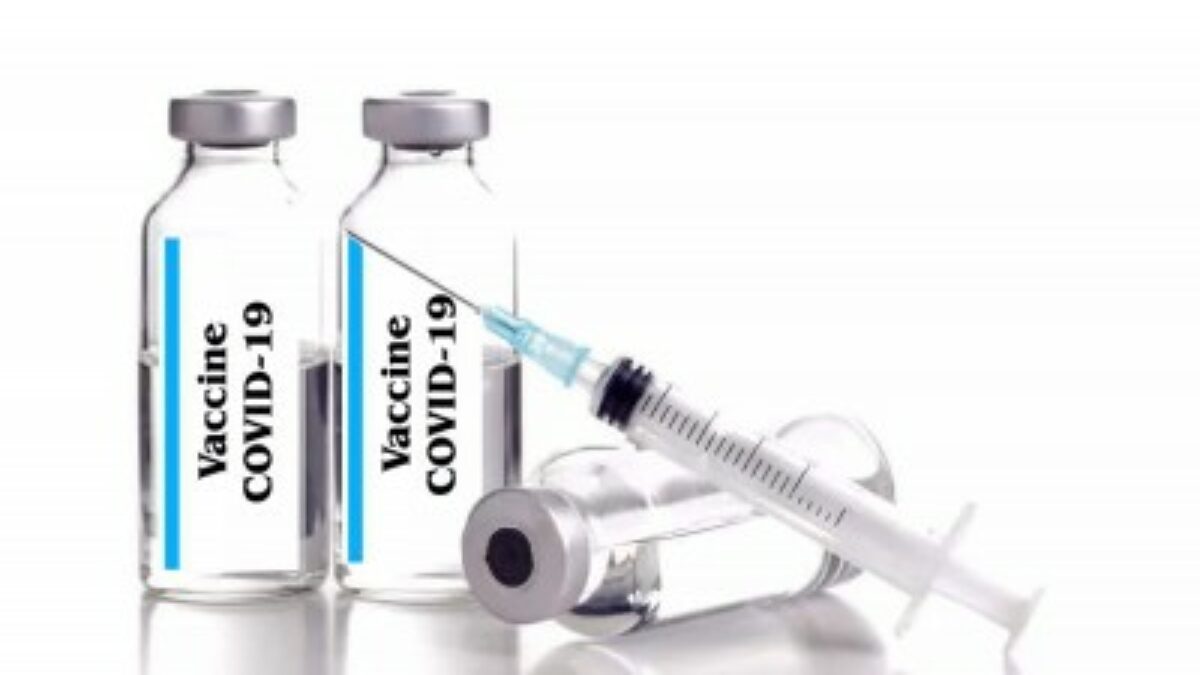Since the start of the immunisation effort in January 2021, India has achieved impressive strides in protecting its population from Covid-19. However, this endeavour has stumbled since September, when a free window for boosters was eliminated. The rate of vaccination has decreased, despite the fact that a sizable fraction of adults have not yet had booster shots and a sizable portion of teens have not yet received the second dose. This occurs even while new sub-variants are driving an upsurge in several western nations (and China, of course). The four charts that follow provide more information about this.
Covid-19 immunisation is occurring at its slowest rate ever…..
Covid-19 vaccines were in short supply in India when the immunisation campaign got underway in January 2021. It was one of the factors that led to the driving being restricted to adults exclusively in May 2021. Such a supply limitation no longer exists. However, the daily dosage average over the past seven days is at its lowest point ever. India administered an average of 42,726 doses per day in the week ending December 13, which is less than half the pace of 78,483 doses per day in the first week of vaccination in India last year, when only medical professionals were eligible.
…..Strangely, not everyone has received the full course of the vaccination, which is three doses
If the majority of individuals had received all necessary vaccinations, vaccination rates would be low. That is not the case, though. When it comes to teens, who became eligible for two doses of immunisation in January of this year, the majority of adults appear to have received at least two doses of the vaccine. According to information from the official Co-WIN dashboard, those between the ages of 12 and 18 presently receive an average of 1.30 doses as opposed to the average of 1.97 doses for adults (excluding boosters).
What particular age groups are covered by the various doses? This statistic is not available through the Co-WIN API or dashboard. However, it may be determined using information that the health ministry releases each day in a news release. From November 1, the ministry ceased disseminating this information. According to the press release from October 31, 8% of adults, almost one-fourth of people in the 15–18 age range, and more than half of people in the 12–15 age range had not yet received their second dosage. At the end of October, 135 million individuals still hadn’t received their second dosage. In addition, 719 million adults, or more than 75% of the population, have not yet received their booster injection. It is fair to infer that none of these data have changed much after November 1 because just 3.34 million doses have been provided since that date.
If vaccination rates are low, the rise in cases in the US, Europe, and China might have an impact on India
The low vaccination uptake, as HT has already noted (https://bit.ly/3iXLE5o), is in part due to complacency. This is acceptable given the current low number of new cases, which averaged 193 for the week ending December 12. It does not, however, imply that the epidemic is gone or that vaccination is no longer necessary. At the end of last month, cases in China hit an all-time high, while there has been a considerable increase in other European and American nations. Despite Christmas being some time away, the most recent average of daily cases in nations including the US, Italy, France, Germany, and others is between 8% and 20% of these nations’ all-time peaks. If India wishes to safeguard its citizens against this outbreak entering the nation, its vaccine campaign must be put on hold.
India has to revamp its immunisation programme in addition to providing additional booster shots
The fact that the increase in instances overseas is occurring even in nations with comparatively higher vaccination rates is crucial to keep in mind. Why is this taking place? According to a research that was just published in Nature Medicine, the Omicron variant’s novel sub-variants (BQ.1.1 and XBB.1), which were responsible for the third wave in India earlier this year, are not responding well to boosters. According to outbreak.info data, the B.Q.1.1 strain is in fact the most prevalent one in the nations seeing a rise. This sub-variant has not yet been observed in India, which also samples fewer instances for sequencing. It is obvious that India has to consider modernising its vaccinations for these sub-variants. It must at the very least motivate them to take all of their prescribed dosages. At least one-third of those who were qualified had had their last dosage at least nine months prior to October, when this computation was still feasible. This won’t offer enough defence against the new sub-variants.





